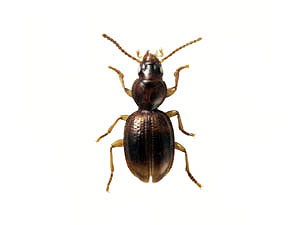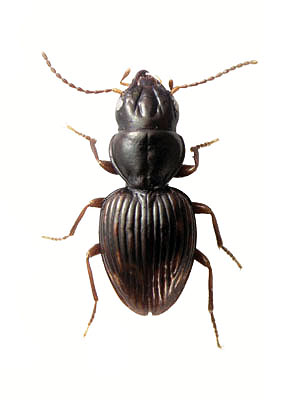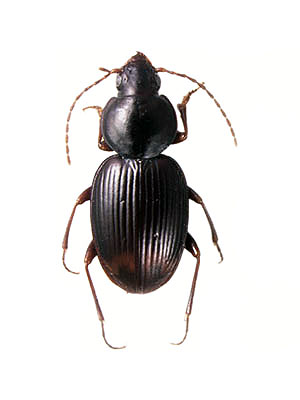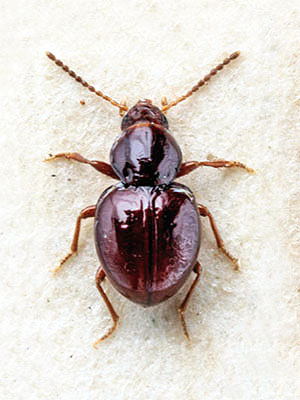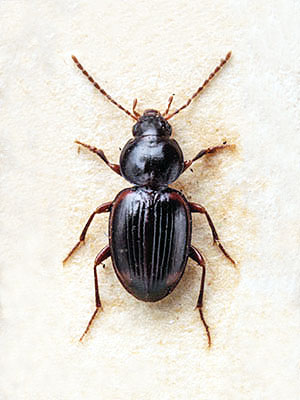Trechus-like Bembidion Ground Beetle (Bembidion trechoides)
The Trechus-like Bembidion Ground Beetle was described in 1877; it is, or rather was, restricted to the island of Saint Helena in the middle of the Atlantic Ocean.:
“It is only on the lofty central ridge that I have observed the B. trechoides, – where, however, in damp places generally, amongst the cabbage trees and tree ferns, it is not particularly uncommon, on the densely-covered slopes about Actaeon and Diana’s Peak; but I did not meet with it in the more western and rather less elevated parts towards High Peak and West Lodge, where the B. sublimbatum would seem to occur.” [1]
***
The species was apparently not found during the latest field searches and might be extinct.
*********************
References:
[1] T. Vernon Wollaston: Coleoptera Sanctae-Helenae. London: John Van Voorst, Paternoster Row 1877
*********************

(under creative commons license (4.0))
https://creativecommons.org/licenses/by/4.0/
*********************
edited: 30.05.2021

